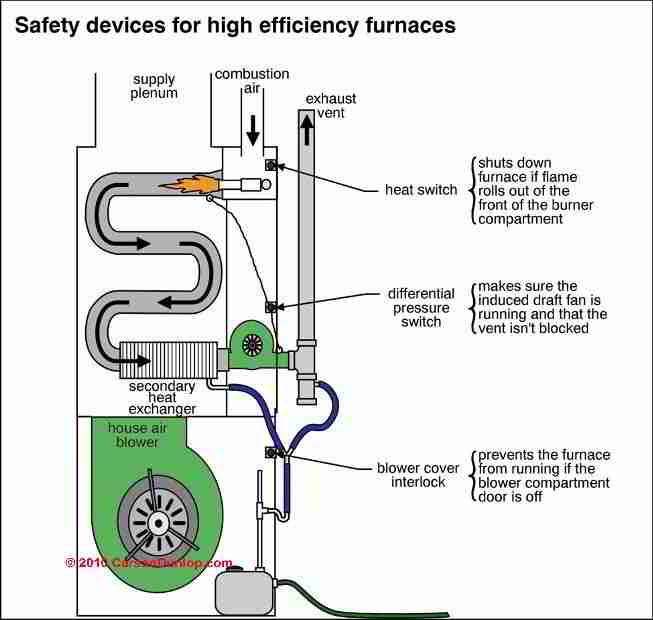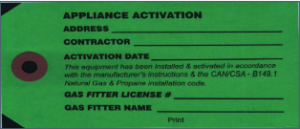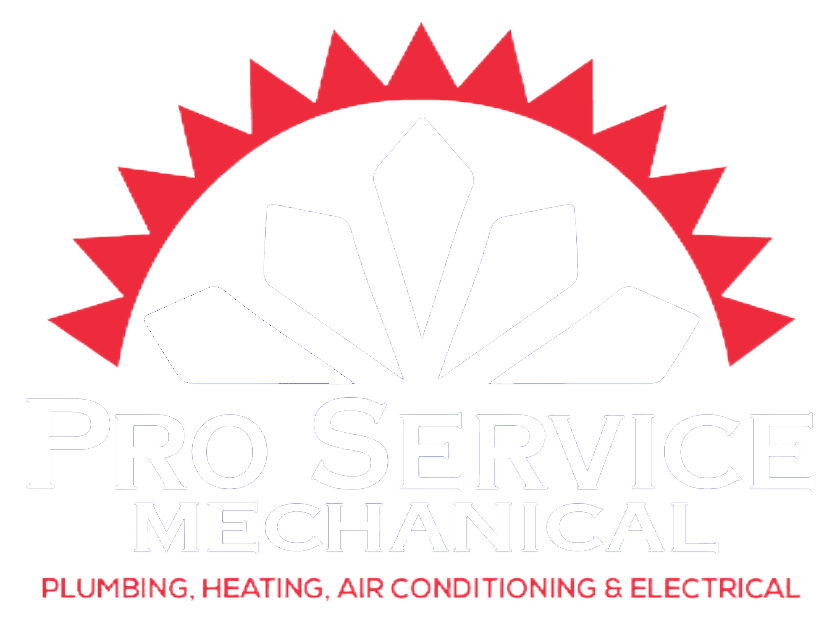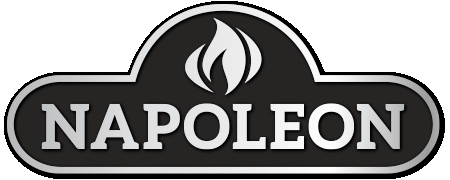by Ben Wanner previously posted in Aug, 2016, updated Aug, 2018
Click on the Banner items at the top of the page for Special Offers.
We are always ready to help with your questions about your new furnace installation or heating system replacement in Saskatoon & area.
Here are a few furnace purchasing tips.
Government of Canada Energy Efficiency Regulations:
All furnaces currently on the market in Saskatoon and area that use natural gas must be a high efficient condensing gas furnace. Gas furnaces are regulated products that must meet federal energy efficiency standards in order to be imported into Canada or shipped from one province to another for the purpose of sale or lease.
Reference link: https://www.nrcan.gc.ca/energy-efficiency/energy-efficiency-regulations/guide-canadas-energy-efficiency-regulations/6861
Government of Canada Energy Efficiency performance standard for gas furnaces (as of Dec 31, 2012) is a Minimum of 90% AFUE rating.
Reference link: https://www.nrcan.gc.ca/energy-efficiency/energy-efficiency-regulations/guide-canadas-energy-efficiency-regulations/gas-furnaces/6879
High Efficient Versus Conventional or Mid Efficient furnace
All furnaces have a heat exchanger. This is were propane or natural gas is burned and it heats up the metal around it. Then the large blower fan moves house air over the other side of the heat exchanger, supplying warm air to the home.
The difference between a conventional furnace or a mid efficient furnace with a combustion blower is that the high efficiency condensing furnace has two heat exchangers. The first heat exchanger is restrictive and tube like so the hot combustion exhaust gases are pulled through it with a small induced draft fan. This fan also pulls the exhaust gases thru a second heat exchanger that extracts anywhere from 90 to 98% of the heat from the exhaust gases. The temperature drop in the exhaust gases causes it to condense, creating water which must be drained or pumped away.

The second main difference with these furnaces is were we get the air to burn the gas (commonly referred to a makeup air) and vent it out of the house.
- Conventional and mid efficiency furnaces use air from your house which you have already paid to heat. With the high efficiency furnace we bring in air from outside in a sealed tube. This is safer and more energy efficient.
- Convention furnaces are vented via a chimney. To vent the combustion exhaust gases they steal warm house air and vent it up the chimney. So part of your heating $ are going to the great outdoors. High efficiency furnaces use a closed loop system. That is they bring makeup air into the combustion chamber and exhaust the combustion gases directly to outdoors. The difference is a high efficiency furnace doesn’t rob the house of heated air for venting and extracts as much heat as possible via the 2nd heat exchanger, prior to exhausting the combustion gases.
HIGH EFFICIENCY FURNACE OPTIONS
Now we get in to some options with a high efficiency furnace. All will of course have an intermittent system to start the flame ignition. Long gone are the days of pilot lights. The other options have to do with the gas value which controls the burner and the fan motor.
Gas Valve Options:
- Single Stage – this means the gas valve is either on fully or off
- Two Stage – this means the gas valve is capable of running at a lower capacity or at full capacity when needed. This is more efficient than a single stage valve and makes the home more comfortable
- Modulating – this means multi stage heating, our Dave Lennox Signature model has over 90 stages of heating. This ensures even and constant temperatures throughout the house
Fan Motors Options (large blower supply air fan):
- PSC Motor – this is a standard AC motor
- Constant Torque Motor – this is a direct current brushless motor, it is far more energy efficient than an AC motor
- Variable Speed Motor – this is also a direct current brushless motor, however it can change it’s speed as per heat demand in the home. This lets the fan run slower, quieter and longer, creating less noise, increasing home comfort and increasing electrical efficiency.
FURNACE INSTALLATION and REPLACEMENT CONSIDERATIONS
Venting – Chimney – Air Intake:
- If you hot water heater is currently venting via an existing chimney then the chimney may have to be replaced to meet current codes.
- If you wish to eliminate the chimney altogether then the hot water heater may have to be replaced with a low temperature exhaust unit (i.e. power vent, tankless, etc.). Freeing up the chimney cavity can now provide extra storage and cupboard space. In my home I converted this space to a pantry.
- The supply air and venting piping for the furnace combustion air exhaust requires code compliance. Specified distances from windows, doors, gas meters, etc. where the vent piping exits the home must be maintained. Working with your furnace installer to determine code and installation requirements is recommended.
- Supply air piping should be installed to minimize snow buildup at the pipe intake. If the intake is blocked the furnace will trip and lockout (will not fire up). This can be problematic if you are not at home for an extended period of time.
Ductwork & Plenums:
- You will require a new section of transition ductwork between the new furnace and the existing supply air plenum.
- Also the return air plenum may need to be modified. Since you will have installers on site and if you wish to upgrade the return air filter system at this time (due to air quality concerns), this would be a great time to consider this. Discuss your options with your heating contractor.
Drain Lines:
- High efficiency furnaces need to drain the water that condenses in the secondary heat exchanger.
- This may require the installation of a gravity drain or a condensate pump.
- If drain lines are to be run across an existing floor this can cause a trip hazard. If this is unacceptable you do a couple of options. You may consider cutting the concrete, installing the line and then filling the void with concrete. Or Install a small condensate pump beside the furnace and pump the condensate to a drain.
Thermostat:
- The thermostat may require replace to be compatible with the new furnace replacement features.
- If you wish to utilize smart thermostat technology check for furnace compatibility
Furnace Sizing: This is best left to a professional furnace installer. Reputable heating contractors have years of experience sizing equipment.
Warranties to Check For:
- Unit Replacement – 100% within a period
- Heat Exchanger – Number of Years
- Parts – Number of Years
Permits: A gas permit is required when replacing and connecting to a new heating system replacement. It is the responsibility of the installation company to obtain a gas permit and attach it to the gas line. It is a requirement for the installer to hang an Appliance Activation tag on the gas line in an accessible location proximal to the appliance. If you don’t see this tag question the company involved.

If you have any other questions about high efficiency condensing furnaces or about our special contact us at 306-230-2442 or email us at proservice@sasktel.net or complete the Contact form on the Contact Us page.
We provide 24 Hr Furnace Service for Emergency situations.




